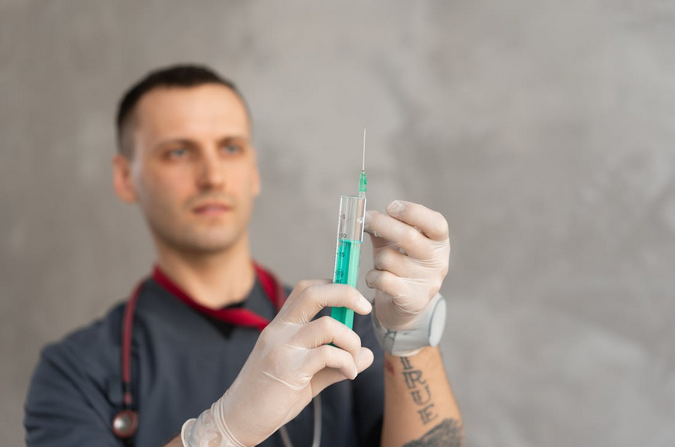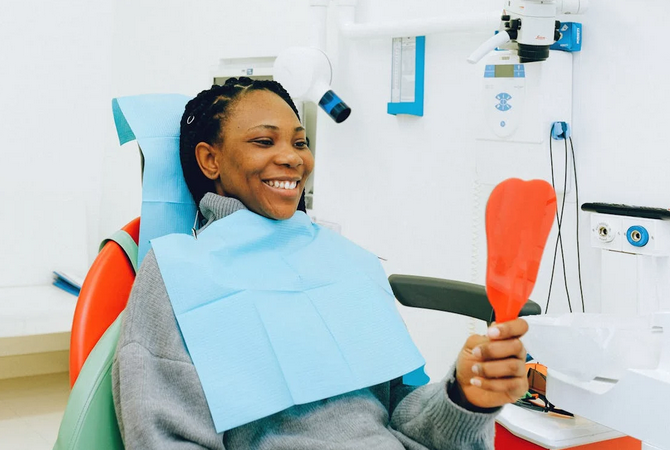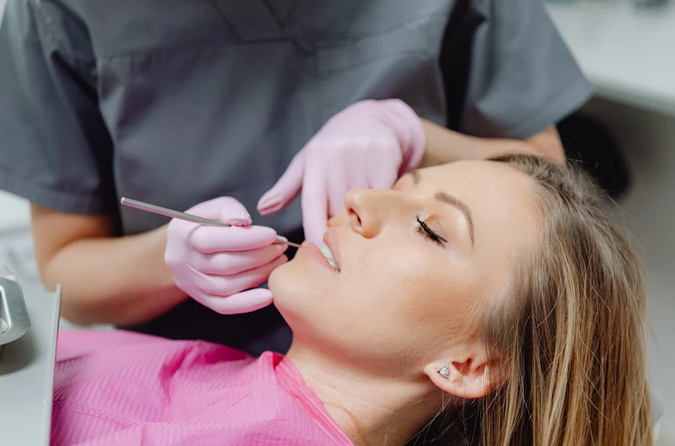Understanding HGH Injections: Benefits, Risks, and UsesUnderstanding HGH Injections: Benefits, Risks, and Uses
Human Growth Hormone (HGH) is a vital hormone produced by the pituitary gland. It plays a key role in growth, metabolism, muscle development, and overall health. While naturally produced by the body, HGH levels decline with age. Some people turn to HGH injections to counter this decline. The details on HGH injections help individuals understand how the therapy works, its potential benefits, and associated risks. Understanding their benefits, risks, and uses is essential before considering therapy.
What Are HGH Injections?
HGH injections are a form of hormone therapy used to supplement the body’s natural growth hormone levels. They are typically administered subcutaneously under medical supervision. The goal is to restore hormone balance and support physiological processes that rely on HGH. Doctors evaluate hormone levels and health history to ensure treatment is appropriate and safe.
Uses of HGH Injections

HGH therapy is used in both children and adults for various medical conditions. In children, it treats growth hormone deficiencies to promote proper growth. In adults, it may address hormone deficiencies that affect metabolism, muscle mass, and bone density. Some individuals also explore HGH for recovery after surgery or injury. While not a replacement for healthy lifestyle habits, it can complement other interventions.
Benefits for Muscle and Fat Metabolism
One of the most recognized benefits of HGH injections is their effect on body composition. HGH helps increase lean muscle mass and reduce fat, particularly around the abdomen. This can enhance physical appearance and improve metabolic health. Men and women with low HGH levels often notice improvements in strength and energy when therapy is combined with exercise and a balanced diet.
Impact on Bone Health and Recovery
HGH supports bone density and strength. Low levels can increase the risk of osteoporosis and fractures. In adults, HGH injections may help maintain skeletal health and improve recovery from injuries. Athletes and older adults often seek therapy to support joint health and maintain mobility. Proper medical supervision is necessary to avoid complications.
Potential Risks and Side Effects

Like any hormone treatment, HGH injections carry potential risks. Common side effects include fluid retention, joint pain, and mild swelling. More serious risks involve increased blood sugar levels and potential cardiovascular issues. Excessive use can lead to abnormal growth of bones or tissues. Consulting a qualified healthcare professional ensures therapy is administered safely and reduces the likelihood of adverse effects.
Effects on Energy and Vitality
Declining HGH levels can lead to fatigue, low motivation, and decreased vitality. Therapy aims to restore energy levels and improve overall quality of life. Patients often report feeling more alert, active, and resilient after consistent treatment. While results vary, the potential improvement in day-to-day energy is a common reason people consider HGH therapy.
Who Might Benefit From HGH Injections
Not everyone with low HGH levels requires therapy. Candidates typically have documented hormone deficiencies or medical conditions affecting growth and metabolism. Adults experiencing fatigue, reduced muscle mass, or impaired recovery may benefit under medical supervision. Each treatment plan is unique, tailored to individual needs and health goals. Personalized care ensures therapy provides meaningful benefits while minimizing risks.
HGH injections can offer significant health benefits for those with documented hormone deficiencies. They support muscle growth, fat metabolism, bone health, energy, and recovery. However, therapy carries potential risks and must be administered under medical supervision. Understanding uses, …






